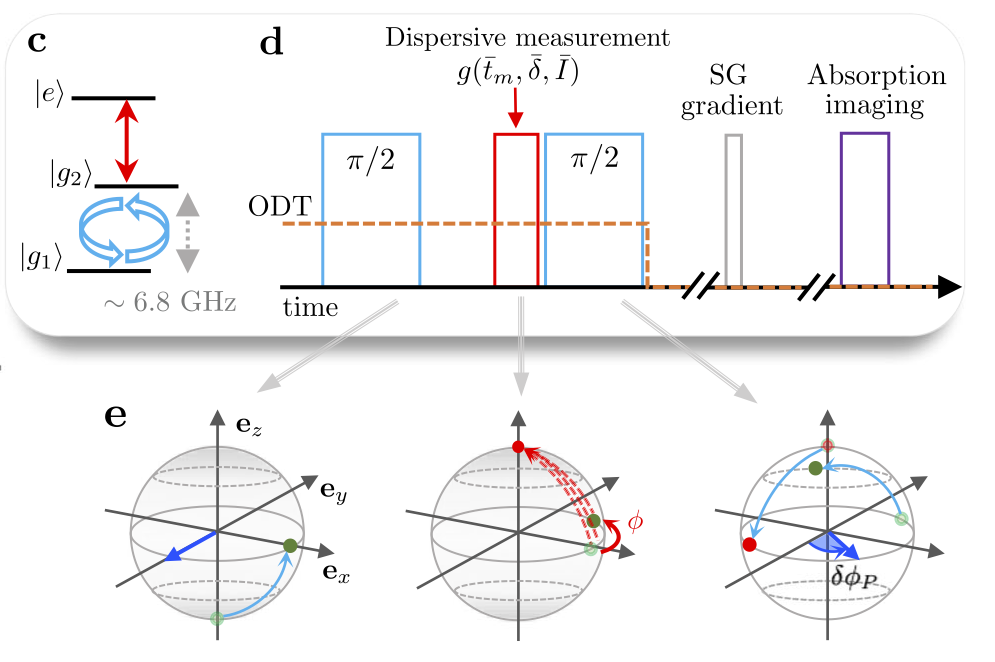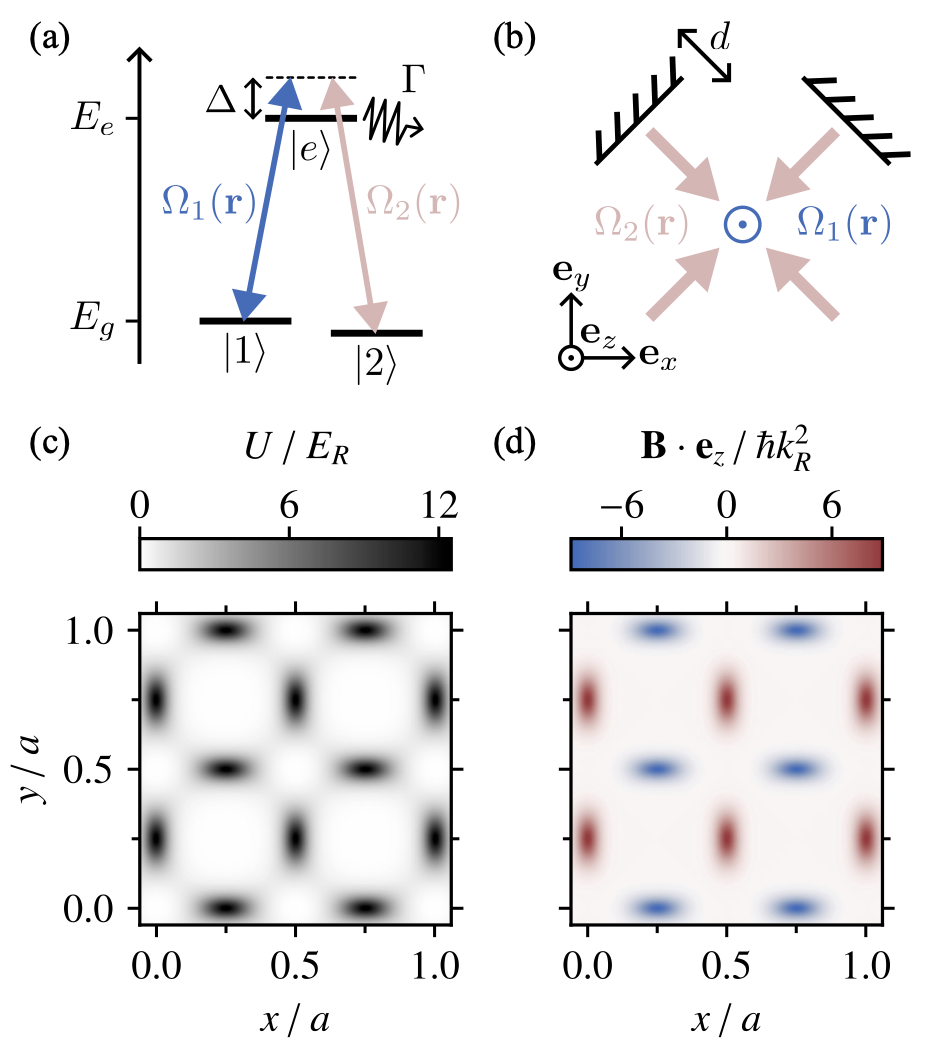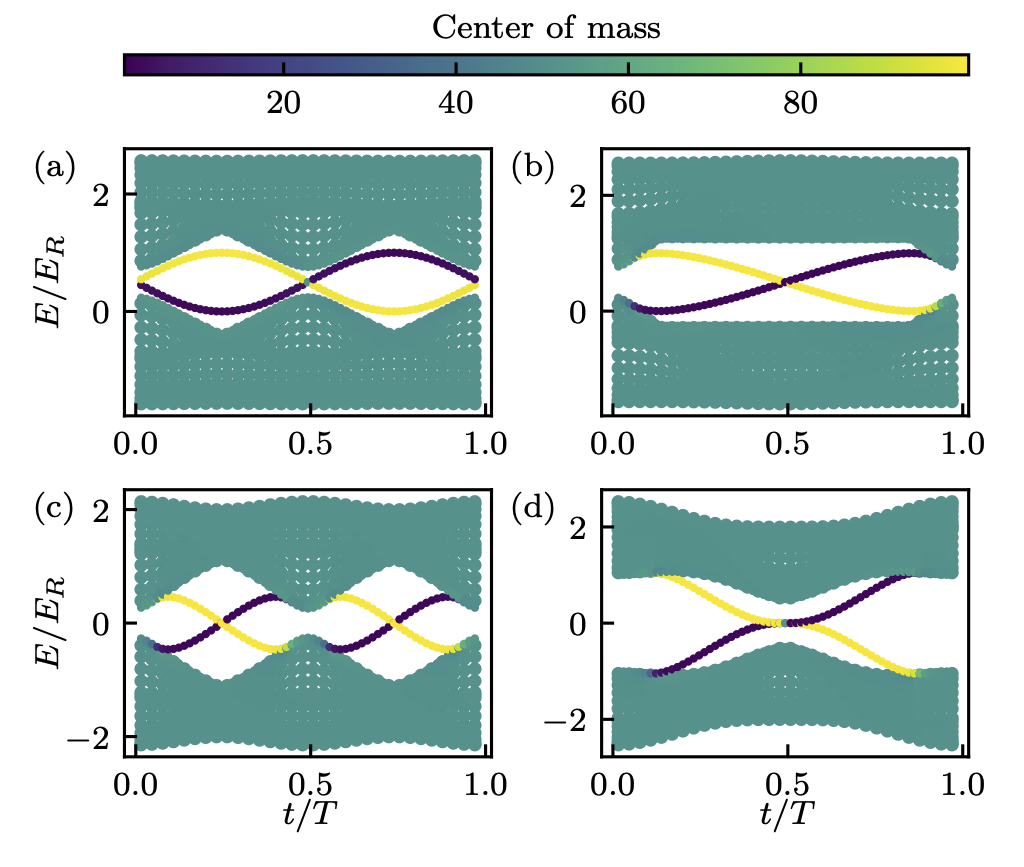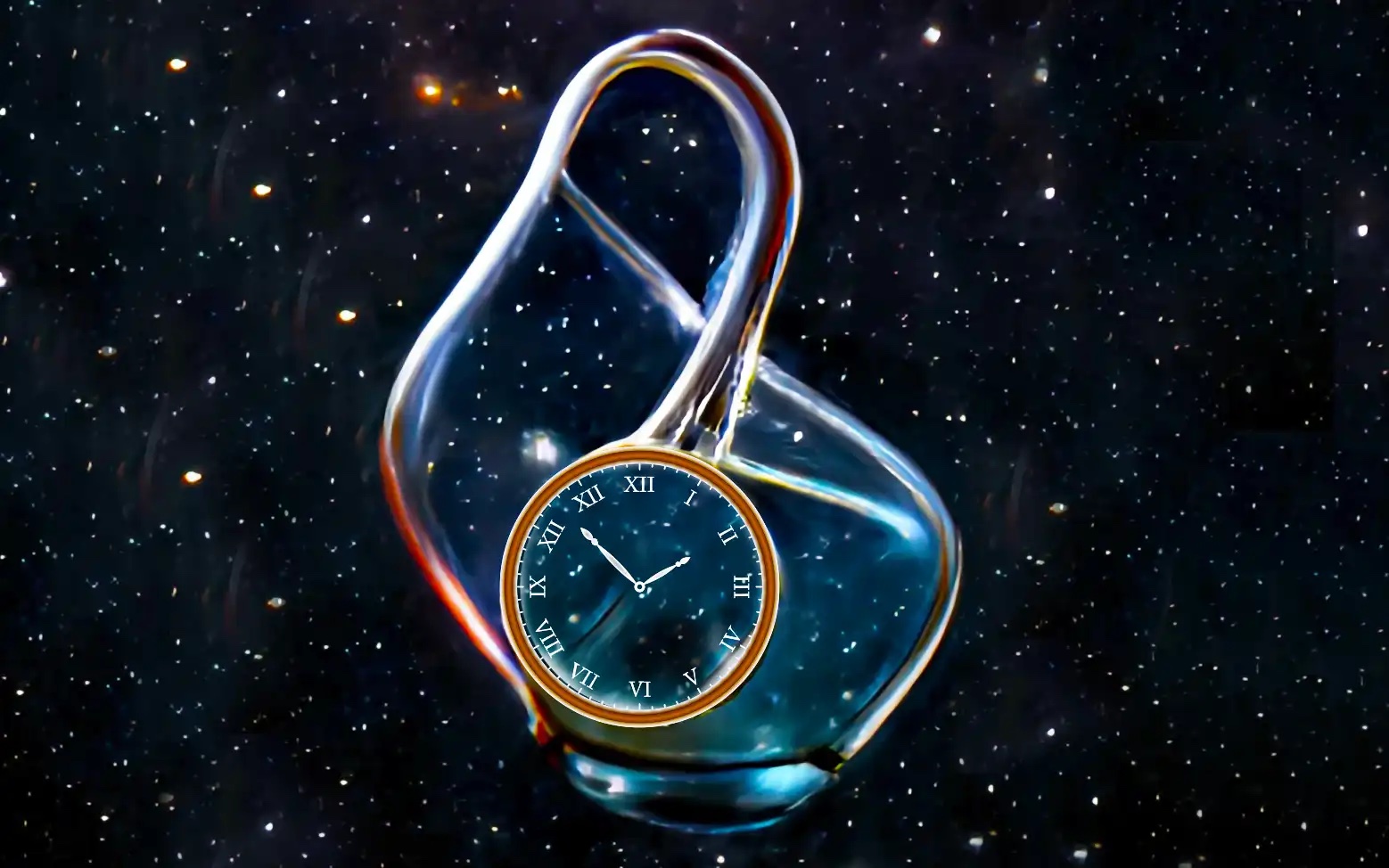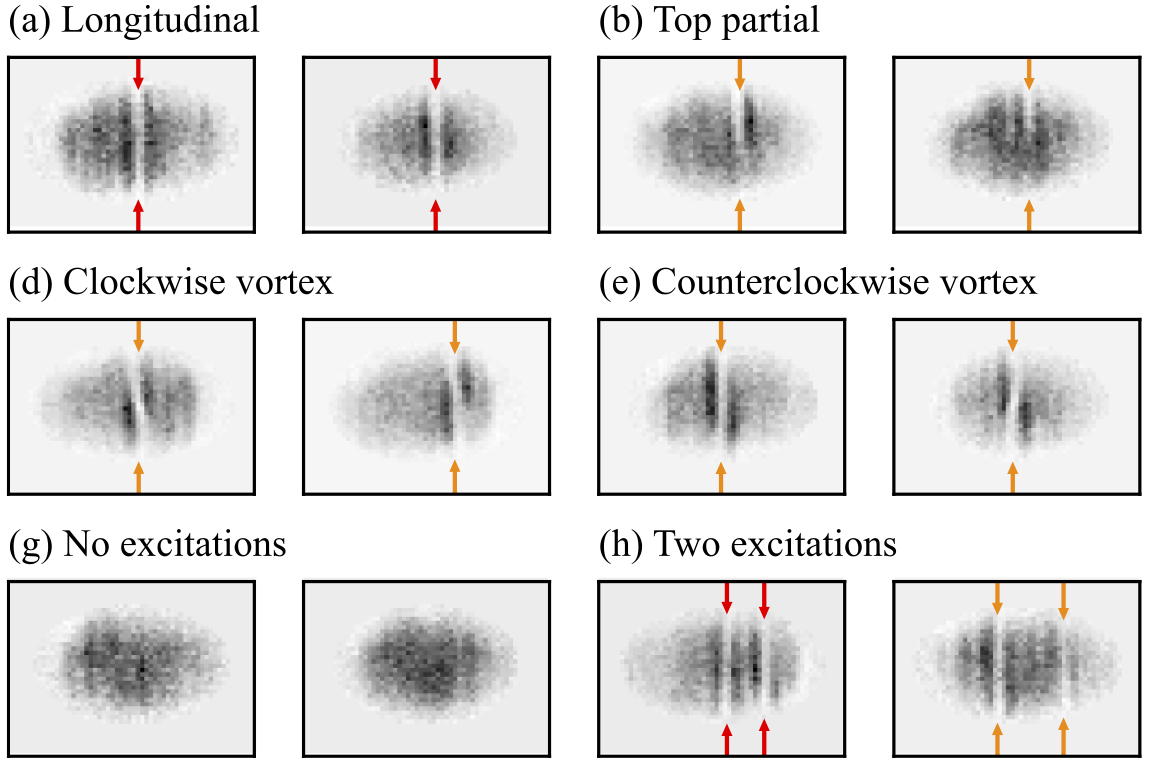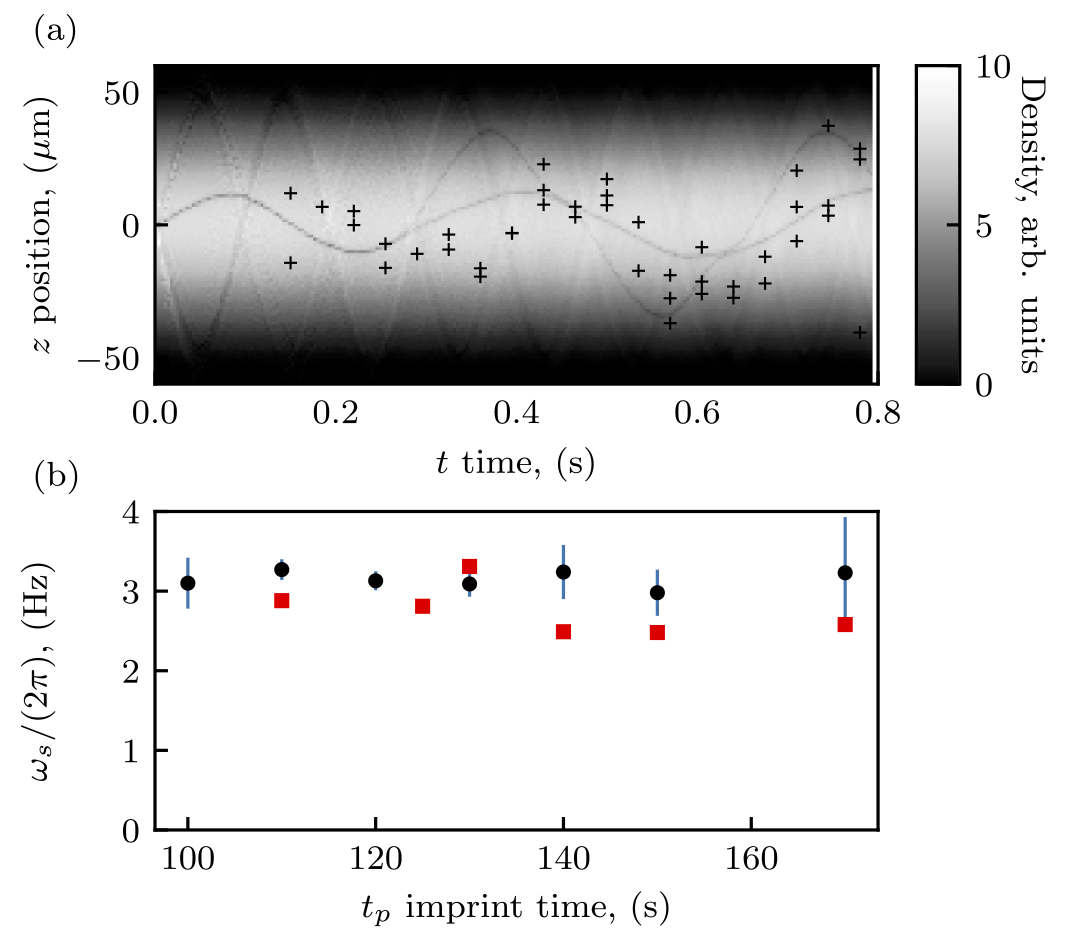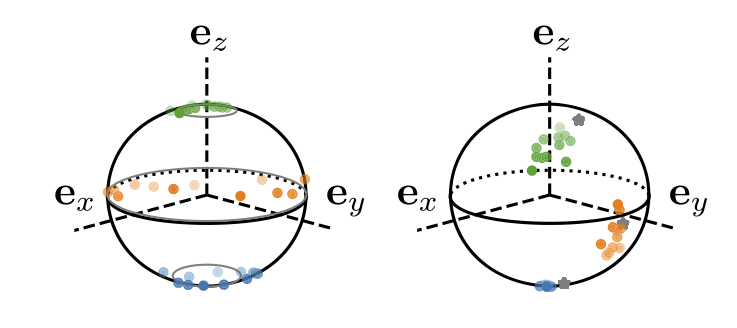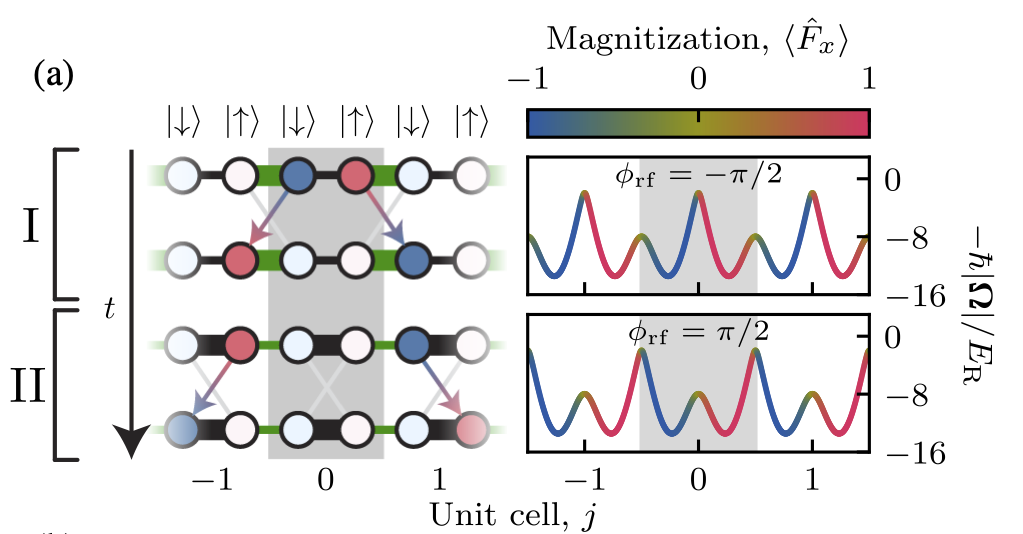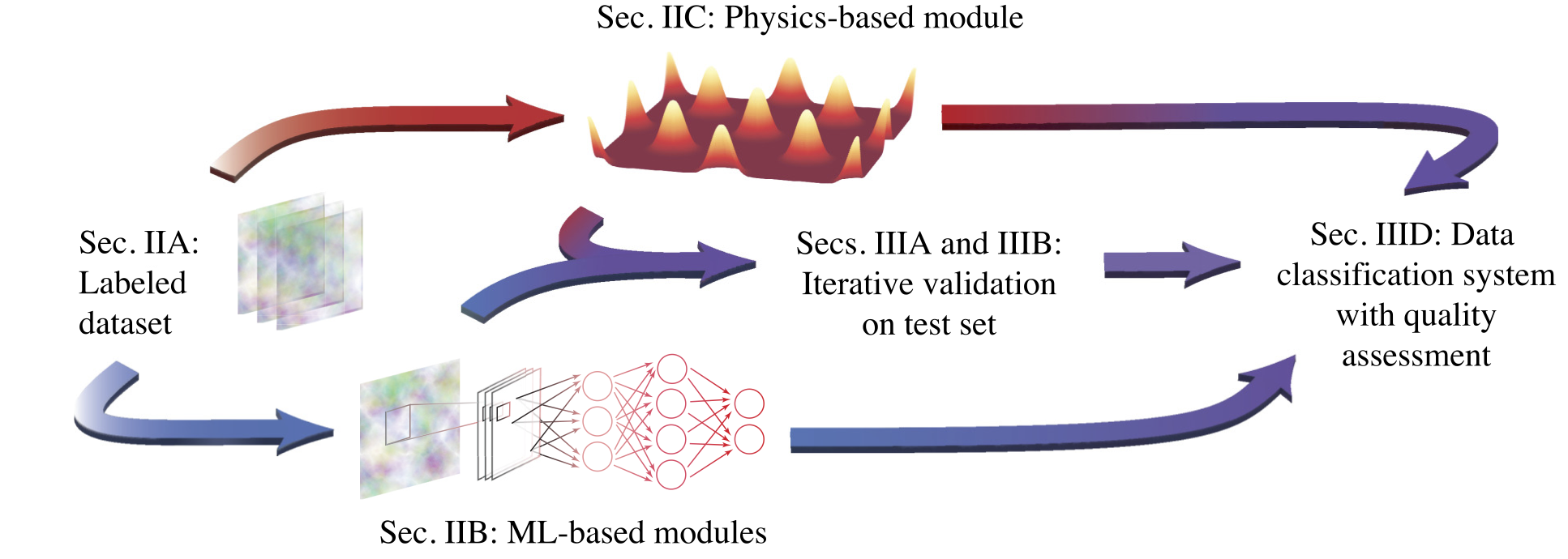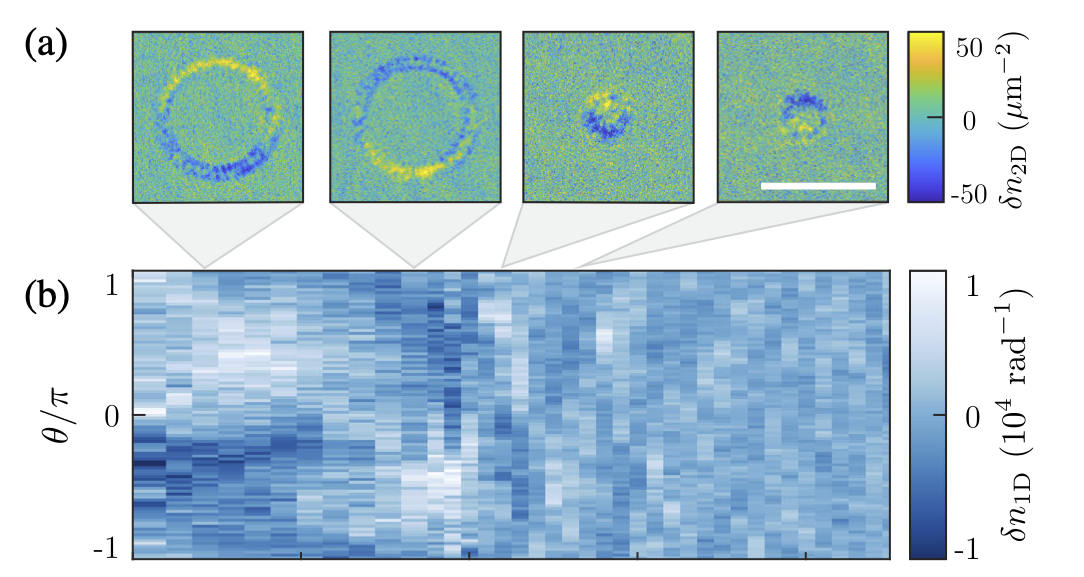Quantum back-action limits in dispersively measured Bose-Einstein condensates
A fundamental tenet of quantum mechanics is that measurements change a system’s wavefunction to that most consistent with the measurement outcome, even if no observer is present. Weak measurements produce only limited information about the system, and as a result …
Quantum back-action limits in dispersively measured Bose-Einstein condensates Read more »

